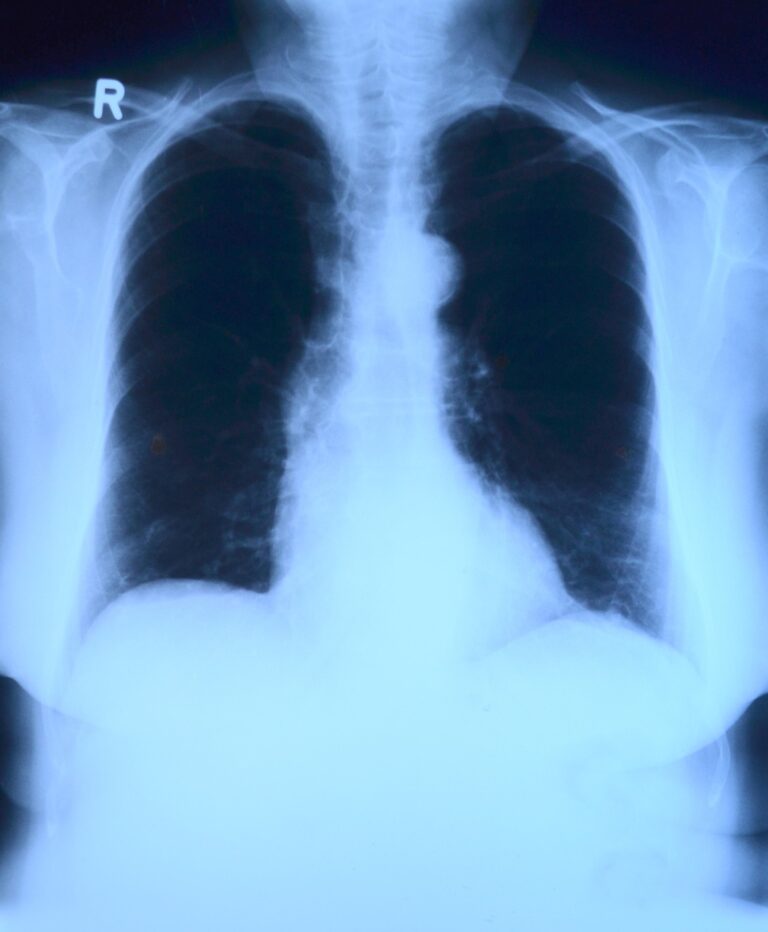Silicosis
Silicosis is a serious and potentially life-threatening lung disease caused by prolonged exposure to crystalline silica dust. Silica is a mineral commonly found in rocks, sand, and soil. It is also used in many industries, such as construction, mining, and manufacturing. Silicosis can develop when workers inhale silica dust particles, which can cause scarring of the lungs, leading to breathing difficulties and other health problems.
Unfortunately, silicosis is not curable but it is preventable. By following proper safety measures, we can reduce the risk of exposure to silica dust and protect ourselves our co-workers and/or employees. Remember, safety is everyone’s responsibility, and it is essential to take it seriously to avoid the devastating consequences of silicosis.
How Bad Is Silicosis?
The CDC estimates that more than 200 people die every year from silicosis and hundreds more become disabled.
Silicosis typically occurs after 15–20 years of occupational exposure to respirable crystalline silica. Symptoms may or may not be obvious; therefore, workers need to have a chest x-ray to determine if there is lung damage.
Symptoms
- Fatigue, fever
- Extreme shortness of breath
- Chest pain
- Respiratory faliure
Because silicosis affects the immune system, exposure to silica increases the risk of lung infections, such as tuberculosis. In addition, smoking causes lung damage and adds to the damage caused by breathing silica dust.
In rare instances, individuals exposed to very high concentrations of respirable crystalline silica can develop typical silicosis symptoms as well as fever and weight loss within weeks instead of years. In these cases, medical evaluation should be performed as soon as possible.
Best Practices For Reducing Risk of Silicosis
- The most effective method of controlling silica dust exposure is to eliminate the potential for exposure alltogether.
- Use a vaccum eqipped with a HEPA filter to suck up the dust at the source.
- Use wet methods to keep dry dust from releasing into the air during cutting, drilling, crushing etc.
- Stay out of areas where dust levels are high, limit amount of time in high dust areas with shift rotation or other administrative controls.
- Use a respirator that has the correct assigned protection factor (APF) for the expected exposure.
Sources
